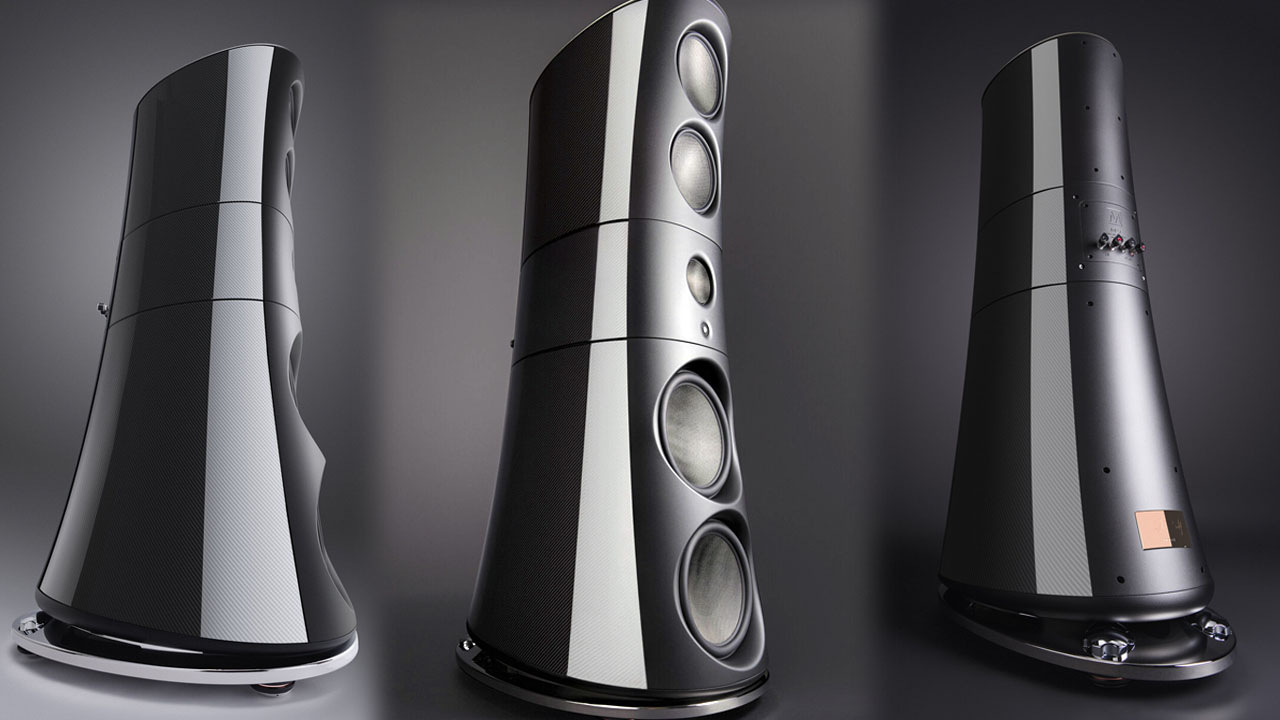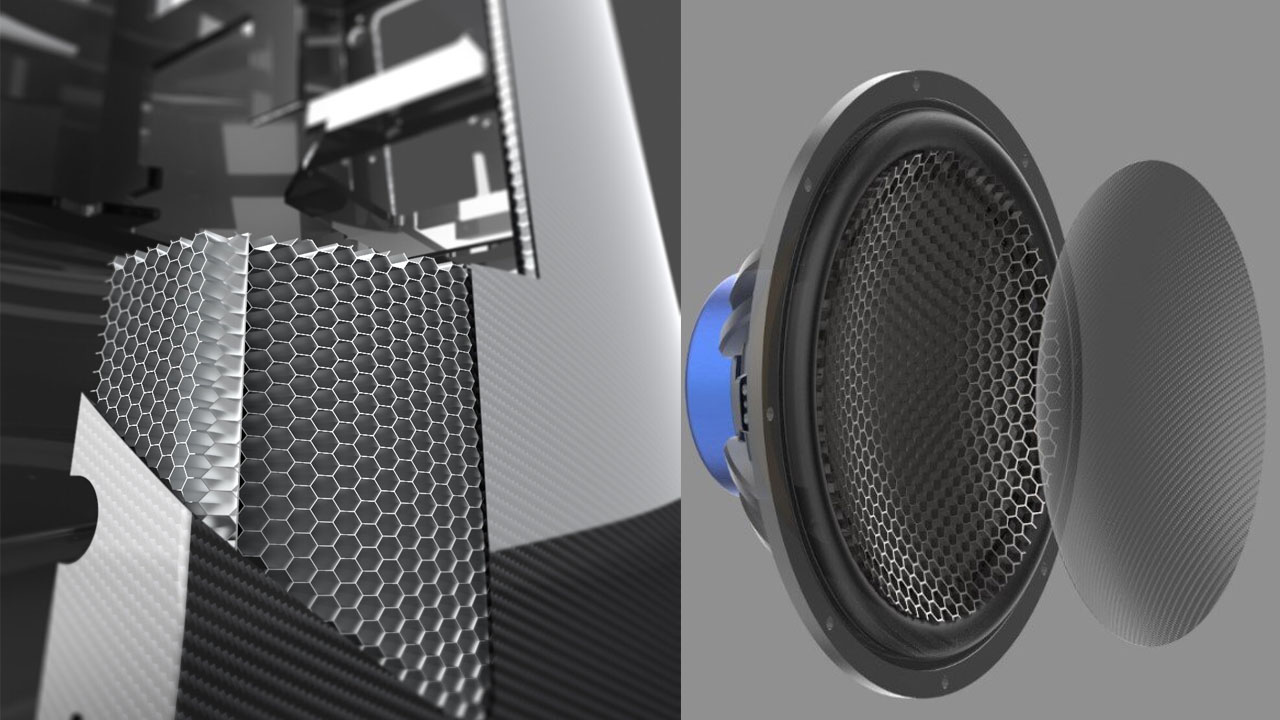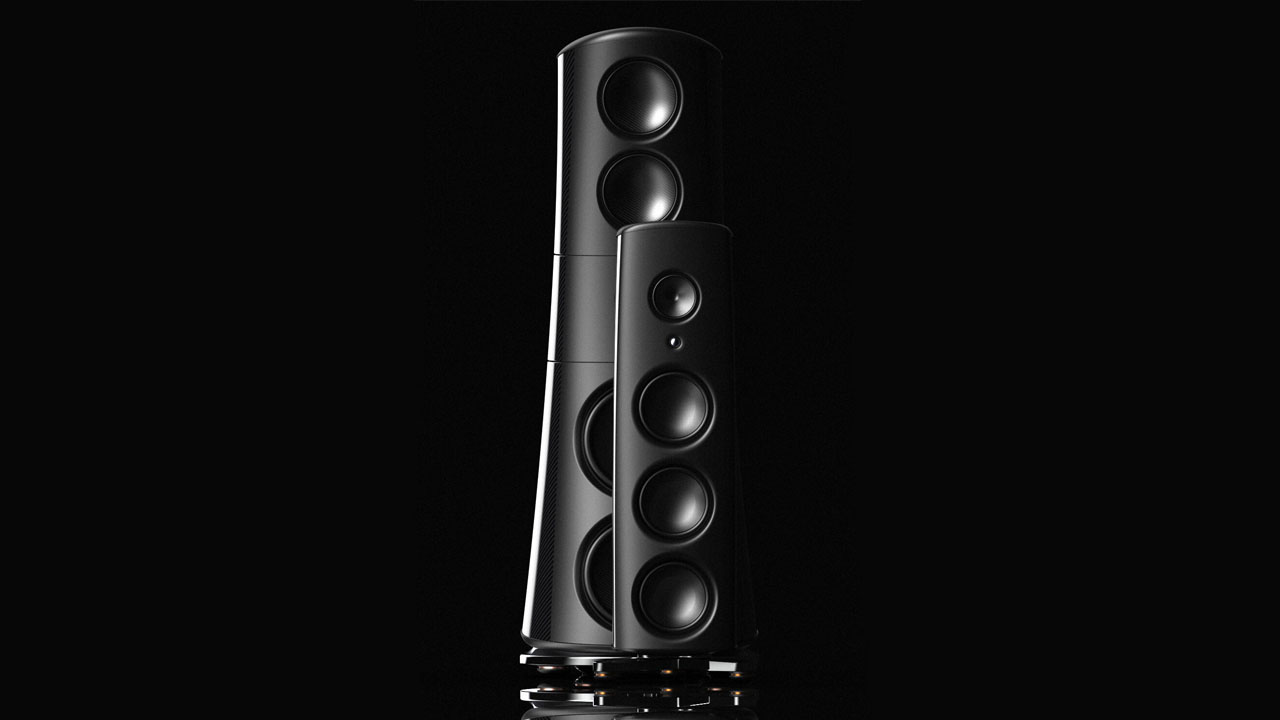What goes into a nearly million-dollar speaker? Diamonds, beryllium, and a lot of work…
Don’t expect to see any discounts on this speaker

For most of us, buying a new speaker is a significant investment – and often, the more you pay, the more you get. Whether you opt for a budget-friendly Bluetooth speaker or a state-of-the-art wireless speaker, spending a little extra on your audio gear tends to get you higher specs, better design, and most importantly, class-leading audio quality.
Drivers: 1.10-inch diamond coated Beryllium tweeter (x1)
6-inch Gen 8 Magico Nano-Tec cone with Aluminum honeycomb core (x1)
11-inch Gen 8 Magico Nano-Tec cones with Aluminum honeycomb core (x2)
15-inch Gen 8 Magico Nano-Tec cones with Aluminum honeycomb core (x2)
Sensitivity: 94 dB
Impedance: 4 ohms
Frequency response: 18 Hz – 50 kHz
Power handling: 20 W (min) to 2000 W (max)
Dimensions: 80” H x 40” D x 20” W (203 x 102 x 51 cm)
Weight: 1000 pounds (454 kg) each
For a really good speaker, you might expect to spend anywhere between $200 and $500, though prices can easily get into four figures – and if you’re lucky enough to have that kind of money to spend on audio gear, you can get yourself some truly innovative kit.
Imagine, if you will, that you had one million dollars to spend on your new speaker. What do you think you would get for your money? Do you picture a solid 24 carat behemothic loudspeaker, or a HAL-esque smart speaker that can control your entire home as well as playing the best-sounding music you’ve ever heard?
We spoke to Alon Wolf, the CEO of luxury audio brand Magico – its latest speaker, the Magico M9 comes very close to that one million-dollar mark. And no, it’s not made of solid gold, but it does come with diamond-coated drivers…
Diamonds are a dome’s best friend
According to Magico, the new M9 loudspeaker establishes “new benchmarks in musicality, transparency and fidelity” – and costing $750,000 per pair, it also sets lofty benchmarks in terms of price.
For most of us, the idea of spending that much money on a four-way, six-driver floor standing system is laughable – no matter how high spec it is.
To Wolf however, that price is easily justified, and even argues that the Magico M9s are a “bargain” when you look at the materials that go into them.
Get daily insight, inspiration and deals in your inbox
Sign up for breaking news, reviews, opinion, top tech deals, and more.
Indeed, the beryllium tweeter domes contained within the speakers are actually coated with a fine layer of diamond via “chemical vapor deposition”, which Wolf tells us allows the M9s to act across a “wider frequency range”.
That diamond deposit, along with the use of beryllium allows the drivers to move in pistonic motion; in other words, they move rigidly back and forth to avoid distortion, creating an accurate reproduction of the music you’re listening to, revealing details you may never have heard before.
Even if the M9s are capable of producing an eye-wateringly accurate sound, there’s no getting away from the fact that they cost close to what it would take many of us to earn in our entire lifetimes. That doesn’t mean there’s no market for them, however.
While Wolf is reluctant to give us an exact figure, he does reveal that the company expects to sell “between 10 and 100” of these luxurious speakers.

Hyperreality is the goal
For some, the perfect speaker would be capable of reproducing a live performance – but for Wolf, this doesn’t go far enough.
“It’s a nice cliche to say we’re trying to get to the original event,” he says, “but it’s not really possible, and I’m not sure it’s even desirable”.
To Wolf, the ultimate goal is to create a sense of “hyperreality”. He explains: “Hyper real experiences, actually in many ways, surpass the experience you can have listening to live music because you can get closer to the point.”
Hyper real experiences, actually in many ways, surpass the experience you can have listening to live music because you can get closer to the point.
Alon Wolf
What does that mean in real terms? Imagine you’ve won tickets to a Rolling Stones concert, and you’re listening to Mick Jagger belting out the first lines of Gimme Shelter.
Even in the coziest of venues, your ears are never going to be right up against Jagger’s microphone, and that means crucial detail is lost in the sounds’ path from the mic to the speaker, and finally through the baying crowd to your ears – but with a pair of highly accurate loudspeakers like the M9, you can experience that hyper realistic sense of intimacy. As Wolf puts it, “with the proper recording on a proper stereo system, it's the closest you'll ever get to it,” – unless you crash a Rolling Stones recording session and hold Jagger captive until he sings softly into your ear.

Wireless is out, vinyl is in
So, what about us mere mortals who can only dream of owning such impressive speakers? Is there any hope for us in our quest to achieve audio nirvana?
According to Wolf, the first thing you can do to improve the quality of your audio is to look at the source – and highly compressed streamed files from the likes of Spotify are a big no-no in his eyes:
“You're not really hearing what [the music] really sounds like, and then everything starts to sound synthetic and very unpleasant, in my opinion.”
He does concede that, if you must stream your music, Hi-Res Audio services like Qobuz and Tidal are the way to go. While these streaming platforms do tend to cost more than the likes Spotify and Apple Music, they’re far less expensive than a new speaker or amplifier – and as Wolf puts it, “something that anyone can do” to improve the quality of their music.
As for using wireless speakers and headphones? Out of the question – Wolf says Wi-Fi and Bluetooth devices are “just not acceptable, quality-wise”.
While this may ring true for hardcore audiophiles, wireless audio devices are undoubtedly getting better all the time; in fact, our favorite headphones are the Bluetooth-enabled Sony WH-1000XM4, and wireless speaker systems from the likes of Sonos and Bowers & Wilkins are incredibly popular with home listeners.
Many of us want our speakers to do more than just play music, too. The popularity of smart speakers like the Amazon Echo and the Google Home are testament to this – today’s most popular audio devices are hardworking multitaskers that can organize your calendar and trigger your smart light bulbs as well as play your favorite tunes.
Disagreements like this aren’t exactly uncommon among audio aficionados – the very nature of how we experience sound is so subjective that what sounds terrible to one person could be literal and figurative music to another’s ears.
In any case, we do agree on one thing, and that’s the joy to be had from listening to vinyl. Just like “any other crazy audiophile out there”, Wolf boasts a big vinyl collection and enjoys listening to records on his turntable – but not when he’s working.
“It's difficult to actually do work while listening to records,” he says. “Listening to records is a type of work in itself, which is okay when it's a hobby” – but presumably it’s a little distracting when you’re vaporizing diamonds to go in your latest loudspeaker.
Olivia was previously TechRadar's Senior Editor - Home Entertainment, covering everything from headphones to TVs. Based in London, she's a popular music graduate who worked in the music industry before finding her calling in journalism. She's previously been interviewed on BBC Radio 5 Live on the subject of multi-room audio, chaired panel discussions on diversity in music festival lineups, and her bylines include T3, Stereoboard, What to Watch, Top Ten Reviews, Creative Bloq, and Croco Magazine. Olivia now has a career in PR.
